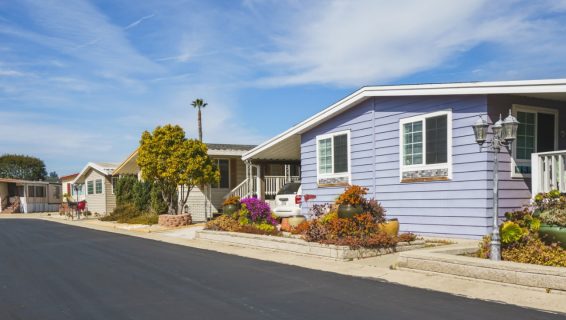Rising home prices are pushing buyers toward mobile and manufactured homes, but mobile home insurance works differently and often costs more. These homes typically require an HO-7 policy rather than a standard HO-3, and insurers assign higher risk ratings because the structures are more vulnerable to wind, fire, and flooding.

An HO-7 policy can cover the dwelling and personal property, liability for injuries or property damage to others, additional living expenses if the home is damaged, and losses to detached structures such as sheds or carports. Yet some perils may be excluded, and higher risk ratings can raise premiums.
Underwriting can also be tougher. Unlike site-built houses secured to a concrete foundation, many mobile homes sit on blocks or piers. That non-permanent base can increase damage risk in severe weather and make approval harder.
Premiums vary by state and risk profile. In California, annual costs average about $1,800; in Texas, typical ranges run from $1,500 up to $2,700, depending on the home’s age and condition, past claims, and location.
In some areas, private insurers won’t write policies at all. Owners may have to rely on the state fire insurance backstop, the FAIR Plan, which is a last-resort option with narrower coverage and generally higher prices.
Older units face added hurdles. Homes built before 1976—the year the federal HUD Code for manufactured housing took effect—are often deemed structurally weaker and carry higher insurance risk.
Claims outcomes are another concern. In 2023, USAA closed 48% of all claims without payment, compared with an industry average of 37%, signaling stricter outcomes across parts of the market.
Experts advise buyers to treat coverage as a core part of the purchase decision. Review local disaster risks and each policy’s covered perils and exclusions, and consider endorsements or separate policies for gaps. For many owners, a well-chosen mobile home insurance policy—plus targeted add-ons—can make these lower-cost homes a practical alternative while managing risk.
BY HOONSIK WOO [woo.hoonsik@koreadaily.com]




